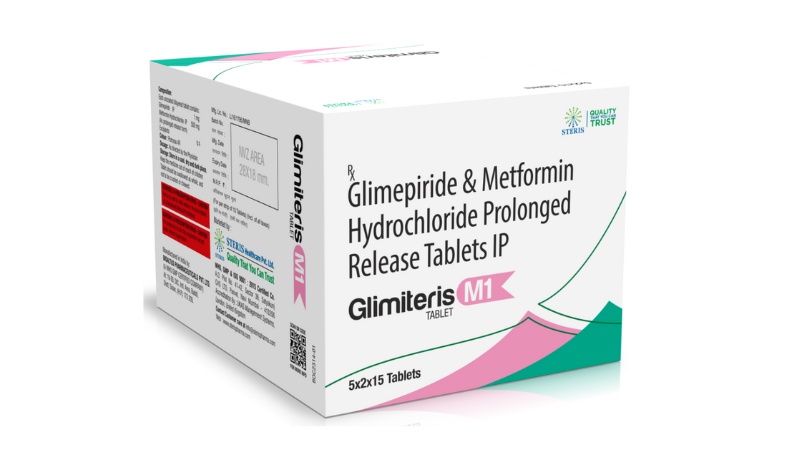Glimepiride & Metformin Hydrochloride Prolonged Release n
Feb 09, 2024
Glimepiride & Metformin Hydrochloride Prolonged Release
GLIMITERIS M1
-
-
Glimepiride:
- Glimepiride belongs to a class of medications called sulfonylureas.
- Mechanism of Action: It works by stimulating the release of insulin from the pancreas, which helps lower blood sugar levels.
- Indications: Glimepiride is used to improve glycemic control in adults with type 2 diabetes mellitus, either as monotherapy or in combination with other antidiabetic medications.
- Dosage: The typical starting dose of glimepiride is 1 to 2 mg once daily, taken orally. The dosage may be adjusted based on individual response and blood sugar levels, up to a maximum dose of 8 mg once daily.
- Side Effects: Common side effects of glimepiride may include hypoglycemia (low blood sugar), weight gain, gastrointestinal symptoms (such as nausea or diarrhea), and allergic reactions.
- Precautions: Glimepiride should be used with caution in patients with impaired liver or kidney function, as well as in elderly patients or those at risk of hypoglycemia.
-
Metformin Hydrochloride Prolonged Release:
- Metformin belongs to a class of medications called biguanides.
- Mechanism of Action: It works by decreasing glucose production in the liver and improving insulin sensitivity in peripheral tissues, such as muscle and fat.
- Indications: Metformin is used to improve glycemic control in adults with type 2 diabetes mellitus, either as monotherapy or in combination with other antidiabetic medications.
- Dosage: Metformin hydrochloride prolonged release formulations are designed to provide extended-release of the medication, allowing for once-daily dosing. The typical starting dose is 500 mg once daily, with gradual dose titration as needed, up to a maximum dose of 2000 mg once daily.
-
Recent Post
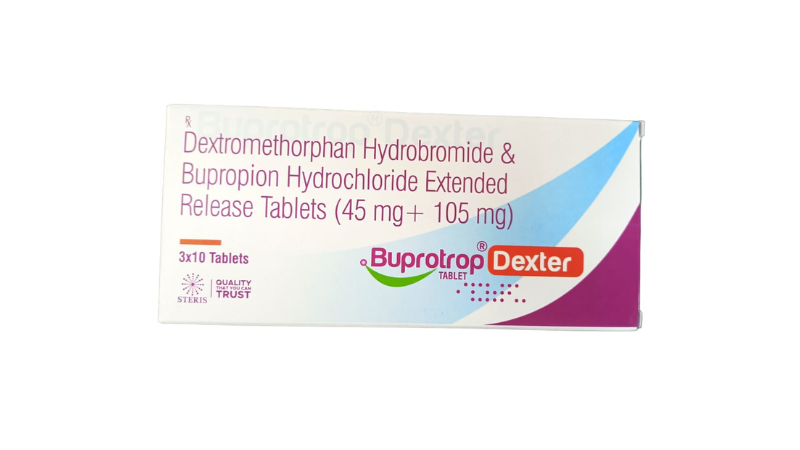
Dextromethorphan Hydrobromide and Bupropion Hydrochloride Tablet – Uses, Dosage, Side Effects
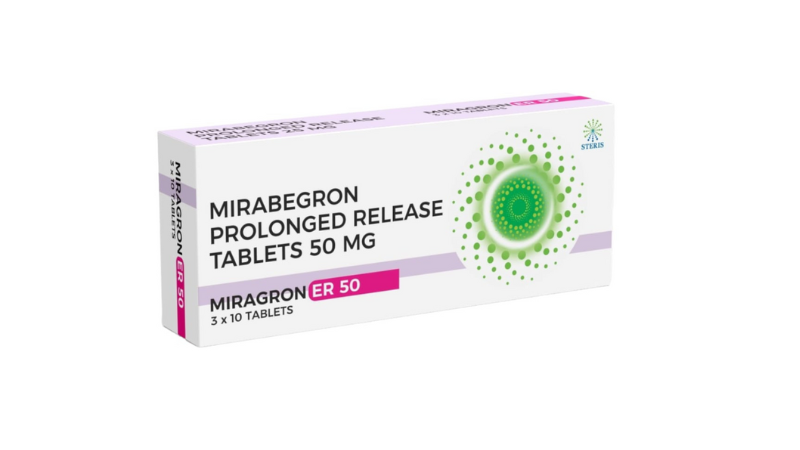
Mirabegron 50 mg Brands in India – Complete Guide to Popular Options

How Long Does Glutathione Take to Work for Skin Whitening?
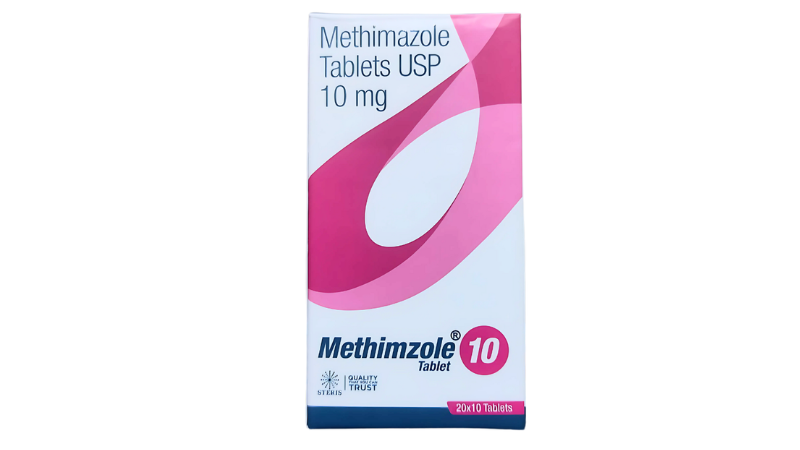
Methimazole 10 mg–Trusted Anti-Thyroid Medicine by Steris Healthcare
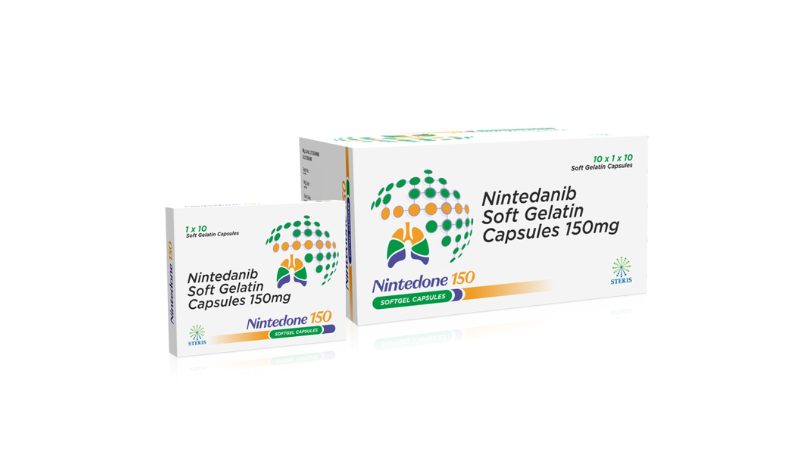
Nintedanib 150 mg Capsule : Uses, Side Effects, Dosage & Price in India
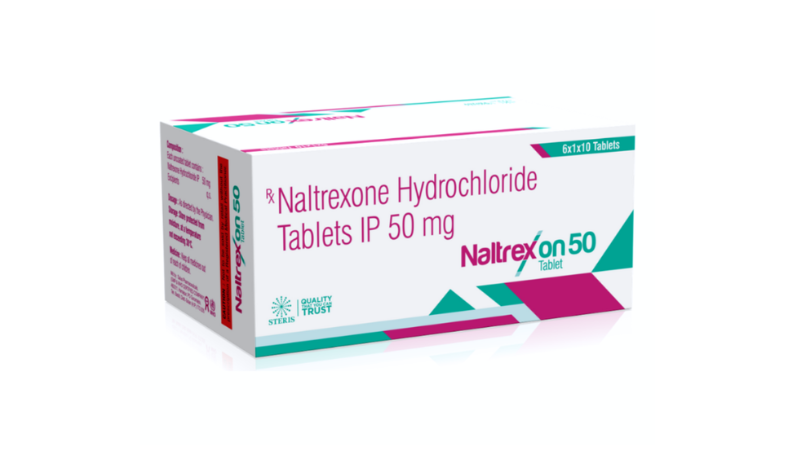
Naltrexone 50 mg Tablet Uses in Hindi | नशा छुड़ाने वाली असरदार दवा
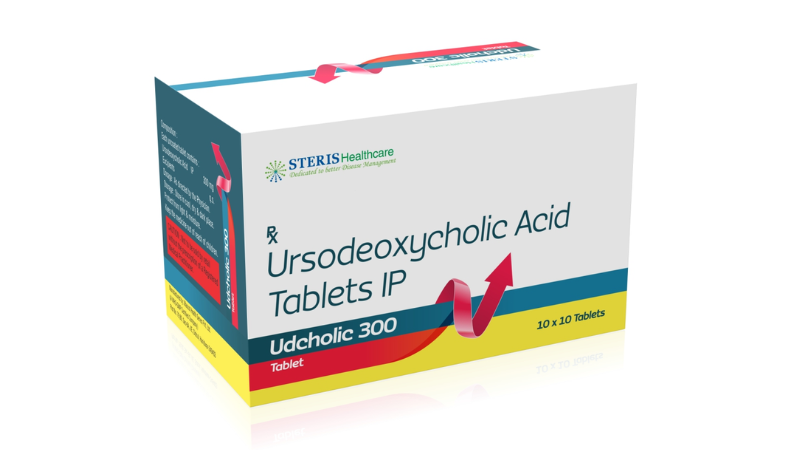
Ursodeoxycholic Acid 300 mg Uses in Hindi – फैटी लिवर, पित्त की पथरी और लीवर रोगों में उपयोग

Eurosoft Collagen Peptides: Your Secret to Youthful Skin, Healthy Joints & Strong Hair
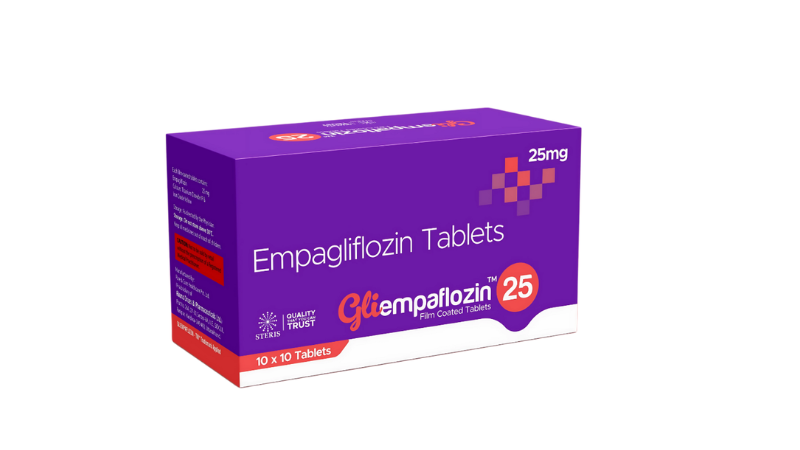
Empagliflozin 25 mg Tablet: Uses, Benefits, Dosage, and Side Effects for Type 2 Diabetes
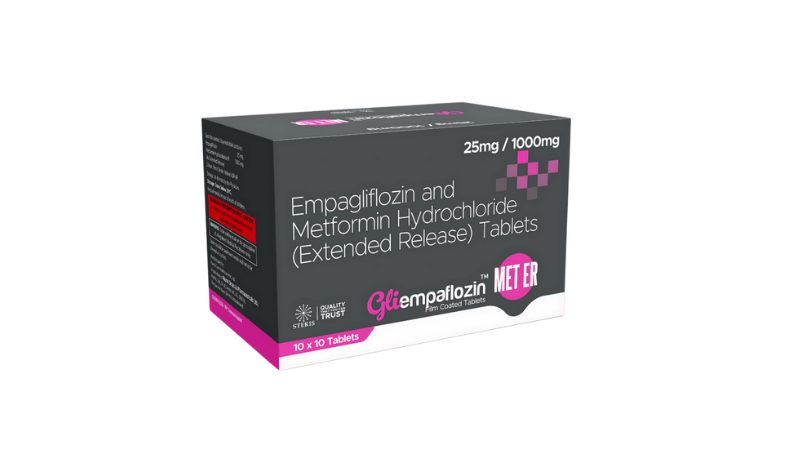
Empagliflozin and Metformin Hydrochloride Tablets Uses, Dosage, and Side Effects

